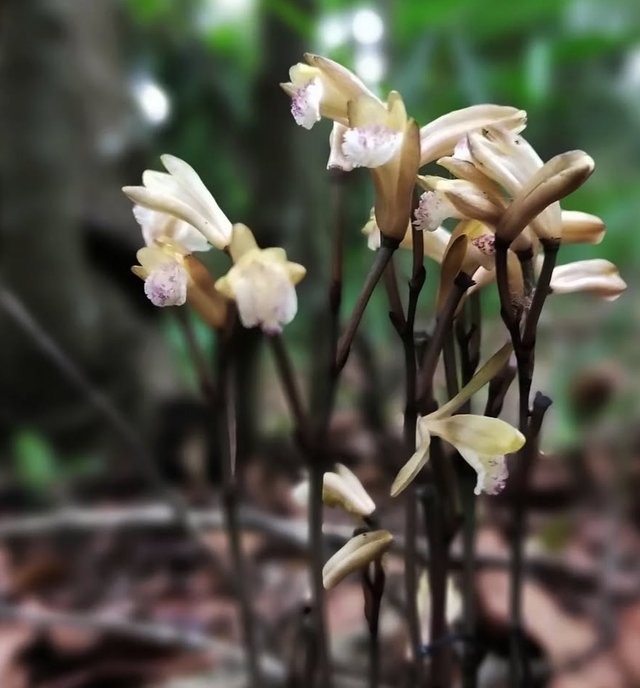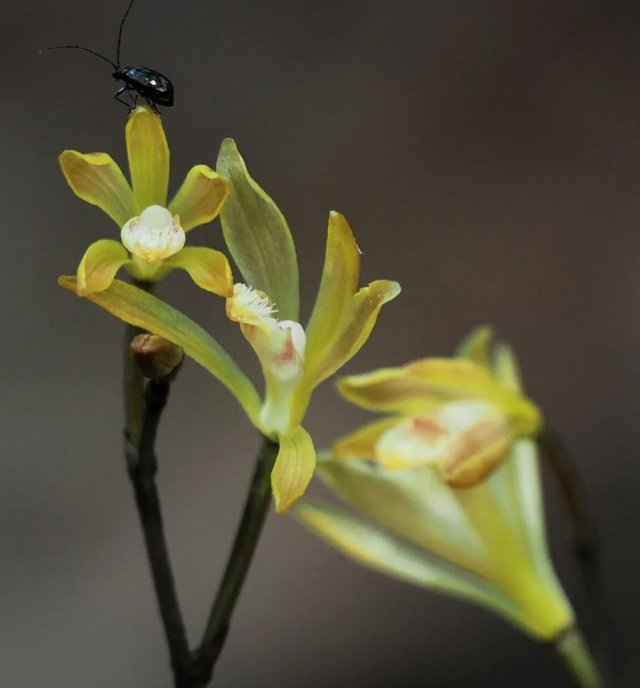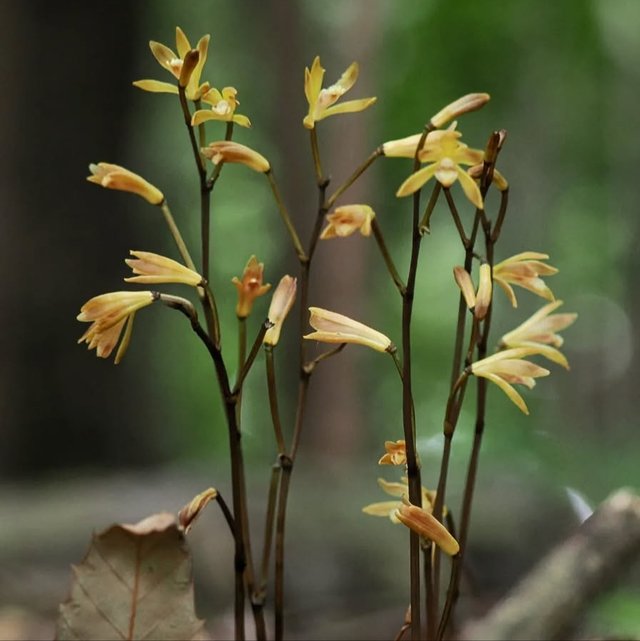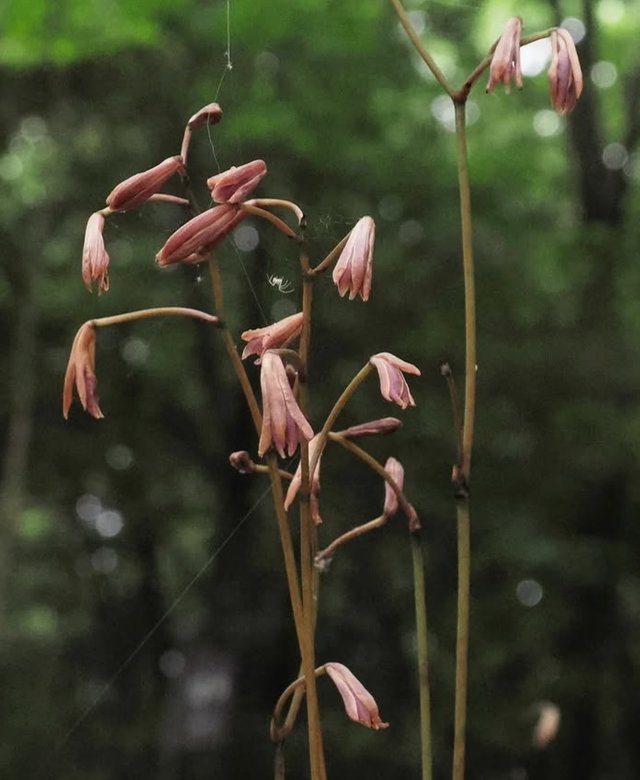Gastrodia Flower So Beautiful
Gastrodia: The Enigmatic Orchid Root with Ancient and Modern Healing Power
Among the shadows of misty forests and the rich loam of undisturbed woodland floors grows a mysterious plant known as Gastrodia—a genus of orchids that captivates botanists, herbalists, and conservationists alike. Lacking chlorophyll and conventional leaves, this ghost-like plant thrives underground, surfacing only briefly to flower. Known primarily for the species Gastrodia elata, this orchid has held a revered place in traditional medicine for centuries and is now gaining recognition in modern scientific communities.
What is Gastrodia?
Gastrodia is a genus of about 90 species in the Orchidaceae family, native to Asia, Australia, and the Pacific Islands. The most studied and utilized species is Gastrodia elata, often referred to in Chinese as Tian Ma, which translates to “Heavenly Hemp.” What makes this plant unique is that it is mycoheterotrophic—meaning it does not photosynthesize. Instead, it relies on a symbiotic relationship with fungi to obtain nutrients from decaying organic matter in the soil.
This ecological adaptation gives Gastrodia its pale, ethereal appearance and makes it difficult to cultivate, increasing its rarity and value.
Traditional Uses in Herbal Medicine
Gastrodia elata has been a staple in Traditional Chinese Medicine for over 2,000 years. It is valued for its ability to calm the liver, extinguish wind, and relieve spasms and pain. Historically, it has been used to treat:
Headaches and migraines
Dizziness and vertigo
Epileptic seizures
Stroke recovery
Neuralgia
Insomnia and anxiety
In TCM formulations, Tian Ma is often combined with other herbs like Uncaria or Poria to enhance its calming effects on the nervous system.




%20(7).jpeg)